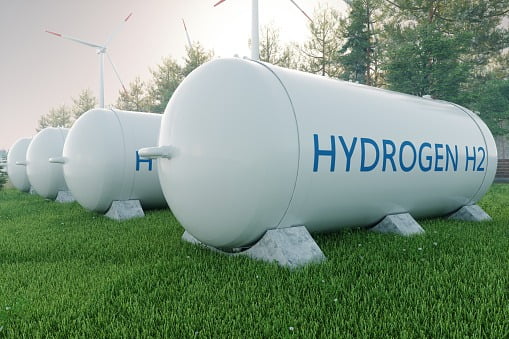Over the next few years, many modern boilers are going to continue to provide hot water and central heating for the homes they are fitted into, but what might change is the gas blend used to power them.
There are somewhat vague plans for natural gas boilers to slowly phase in hydrogen gas, initially at a 20 per cent blend that most modern boiler systems can handle before making a switch to 100 per cent hydrogen at some point in the future.
If you see a boiler labelled as “hydrogen-ready”, this means that they currently run on natural gas and can run on a hydrogen blend but can also be modified easily to run completely on hydrogen gas.
It must be noted that whilst these plans are being considered, it is exceptionally likely that your current boiler will run on natural gas throughout its lifespan until an emergency boiler repair stops being worth it and it is time to replace.
However, ahead of firm decisions on the future of Britain’s heating, there are some questions that people have about hydrogen, the most curious of which has to do with colours.
There is much talk about the difference between blue hydrogen and green hydrogen, but it must be noted that the main difference between the two gases is how they are produced. Both would work in a hydrogen boiler.
Blue hydrogen is produced from methane or coal using a process known as steam methane reforming (SMR). This is where methane gas is superheated to between 700 and 1100 degrees Celsius, producing hydrogen and carbon, the latter of which is captured and stored.
Green hydrogen, by contrast, is generated through electrolysis, which is where water is passed over an electrical current in such a way that splits it into hydrogen and oxygen.
Both hydrogen gases have the same properties, and once burned the byproduct of the process is water.

